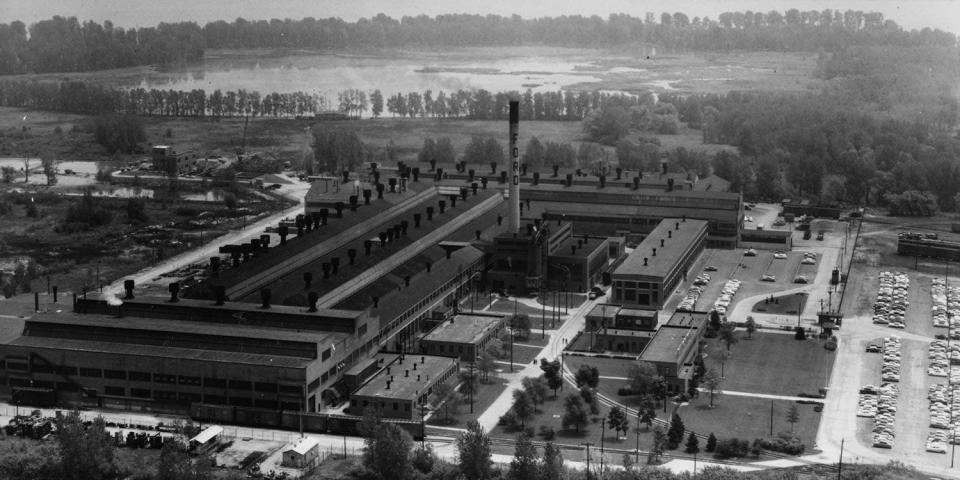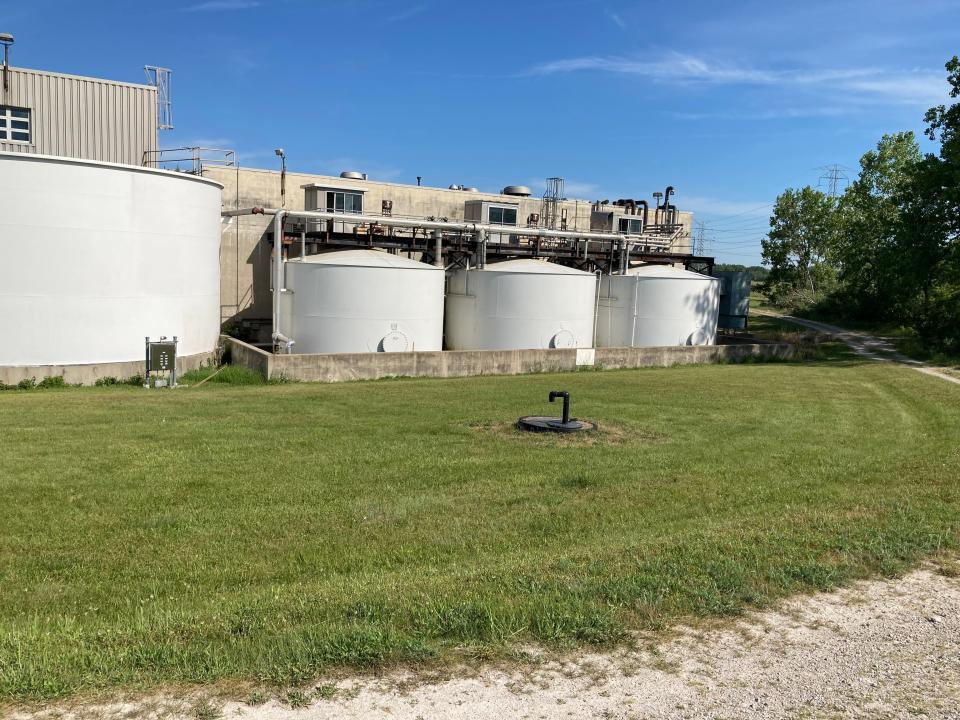PFAS becomes part of Ford River Raisin Warehouse history
Several years ago, I wrote about the Newton Steel plant, located at 3200 E. Elm Ave. in Monroe. It had a long history as a productive metal-producing facility. Today, efforts are underway to mitigate per- and polyfluoroalkyl substances – known as PFAS – which currently exist in the area. The Michigan PFAS Action Response Team (MPART) is working with officials at the Ford Motor Co. on this project – with the goal of improving water conditions near the River Raisin and limiting the future impact of PFAS on our local aquatic ecosystem in Monroe County and Southeast Michigan.

As I wrote back in 2021, Monroe’s Newton Steel was the second plant of the Newton Steel Co., headquartered in Newton Falls, Ohio (ZIP code 44444). Newton Steel Co. was so successful that it opened a second plant in Monroe. Unfortunately, following the Wall Street Crash of 1929, Newton Steel could no longer afford to keep both plants open. The Newton Falls location was closed in June 1931, and many families who worked at the Newton Falls plant were relocated to Monroe.
The Newton Steel Co. merged with the Corrigan-McKinney Steel Co. of Cleveland the following year, in 1932. In 1934, Corrigan-McKinney announced with great excitement that they would be re-opening the Newton Falls plant. The Newton Falls plant operated for a short time before Corrigan-McKinney merged with Republic Steel Corp. later that year and finally closed it down for good. Republic retained the Newton Plant moniker for the Monroe location and continued to operate it until 1942.
In 1943, the Aluminum Corporation of America (ALCOA) took over the Republic Newton Steel plant and began producing munitions for World War II. It operated at the Newton location until the automotive wheel manufacturer Kelsey-Hayes purchased it in 1947. According to the Made in Monroe website, labor and union problems led the plant to be sold to Ford in 1949. Ford later created a subsidiary, Visteon Corp. (a manufacturer of vehicle parts), that operated until 2000 before becoming Automotive Components Holdings (ACH) in 2005. It closed in 2008.

According to the MPART website for what has been titled the “Ford River Raisin Warehouse,” PFAS were used in many historical chrome plating operations. This facility is next to the River Raisin, which flows to the southeast. Groundwater flows roughly radially, toward nearby surface waters. Several key events have taken place to deal with the PFAS situation:
In February 2019, the Mannik Smith Group, contracted by Ford, collected samples from on-site monitoring wells west and north of the warehouse building.
On May 9, 2019, MPART received the sampling results exceeding groundwater cleanup criteria. PFAS was also found in the leachate that is pumped to the on-site wastewater treatment plant.
In June 2020, MPART requested further sampling based on the previous results.
In August 2020, Ford submitted a workplan to conduct additional sampling around the monitoring wells that had excess amounts of PFAS.

MPART, under the auspices of the Michigan Department of Environment, Great Lakes and Energy (EGLE), is a team of seven Michigan state agencies established under a Michigan executive directive in 2017 to ensure coordination in implementing a response to PFAS contamination. MPART became an enduring body in Michigan under an executive order in 2019. The goal of MPART is to protect public health by identifying sources of PFAS, addressing PFAS contamination, and working with local health departments to protect people in areas where groundwater is impacted by PFAS.
According to Scott Dean, EGLE strategic communications adviser, “The facility has ongoing corrective action and is investigating PFAS onsite. EGLE is also reviewing a workplan that further delineates PFAS onsite….”
Tom Adamich is president of Visiting Librarian Service, a firm he has operated since 1993. He also is project archivist for the Greening Nursery Co. and Family Archives and the electric vehicle awareness coordinator at Monroe County Community College.
This article originally appeared on The Monroe News: PFAS becomes part of Ford River Raisin Warehouse history

